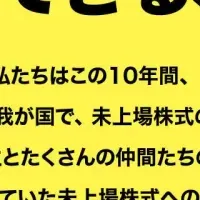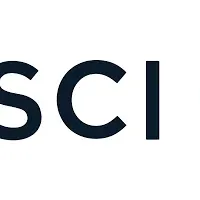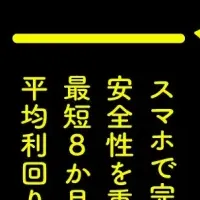
Cambodian Microfinance Association Joins Forces with National Bank and UN to Enhance Lending Practices
Collaboration to Enhance Microfinance
In a landmark initiative for Cambodia's financial sector, the Cambodian Microfinance Association (CMA), the National Bank of Cambodia (NBC), and the United Nations have come together to tackle pressing challenges within the microfinance landscape. This partnership is set against the backdrop of consultations that have been underway since 2024, aimed at addressing critical issues such as over-indebtedness, land-related financial risks, and consumer protection.
The Context of the Initiative
The microfinance sector in Cambodia has been critical for economic empowerment, especially for underserved communities. However, it has also faced scrutiny concerning excessive lending practices and inadequate consumer protection. The ongoing collaboration seeks to refine these lending practices and ensure that microfinance remains a sustainable tool for economic development.
Dith Nita, President of CMA, emphasized the importance of this initiative stating, "We are committed to ensuring that microfinance in Cambodia serves those who need it most. Recognizing the challenges faced by borrowers, we are actively working to improve lending practices and strengthen consumer protections."
Key Focus Areas
The CMA is particularly focused on several key issues, most notably improving credit standards. In collaboration with the NBC and the UN, the association is advocating for reforms that link loan approval to the borrower's repayment capacity, rather than solely relying on collateral. One of the groundbreaking measures includes a ban on using titles to indigenous community land as collateral, a protective step for vulnerable populations against losing their land.
Additionally, the CMA is facilitating the expansion of the Consumer Financial Center established by the Association of Banks in Cambodia (ABC). This center provides borrowers with access to dispute resolution services and enhanced consumer protections. Furthermore, the CMA is spearheading financial education programs, particularly targeting women and rural communities through the Secure Community Finance Project, enabling informed financial decision-making among borrowers.
Empowering Borrowers for Financial Success
The intent behind these initiatives is not only to build resilience within the microfinance sector but also to equip borrowers with the knowledge and tools necessary for financial success. "Together with our partners, we are working to create an inclusive financial sector that offers significant opportunities for Cambodia's most vulnerable populations," Dith Nita added.
The objectives align with the UN's Sustainable Development Goals (SDGs), specifically focusing on poverty reduction, gender equality, and financial inclusion. By ensuring that the microfinance sector continues to serve as a powerful engine for economic growth, these organizations collectively aim to enhance opportunities for all Cambodians.
Call to Action
As the consultation progresses, the CMA is encouraging all stakeholders—including investors, policymakers, regulators, civil society, financial institutions, and development partners—to actively participate in this reshaping of Cambodia's microfinance sector. Through collaborative action, the aim is to safeguard vulnerable populations while ensuring that microfinance continues to empower individuals and foster economic opportunities.
About the Cambodian Microfinance Association
The CMA is a professional organization dedicated to promoting responsible and sustainable microfinance practices in Cambodia. By collaborating with financial institutions and stakeholders, the CMA endeavors to protect borrower rights and nurture an inclusive financial sector that benefits communities nationwide.
For more information, contact:
Tongngy Kaing
Cambodia Microfinance Association
Email: [email protected]
Tel: +855 95 262 111
Topics Financial Services & Investing)










【About Using Articles】
You can freely use the title and article content by linking to the page where the article is posted.
※ Images cannot be used.
【About Links】
Links are free to use.